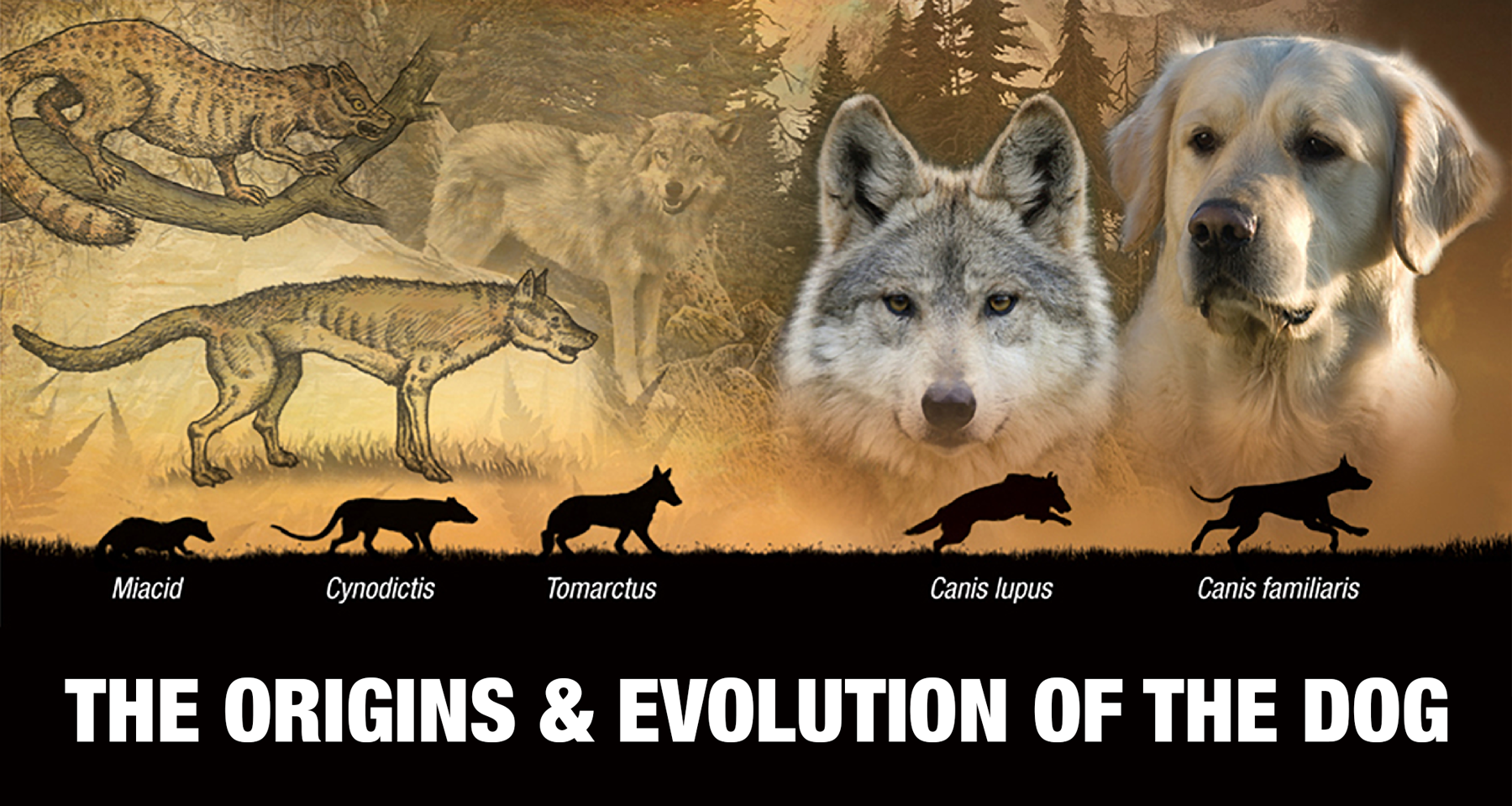If it were not for specific biological and behavioural characteristics, then domesticated animals would have remained in the wild and not been domesticated. In fact, only a select number of animals have ever been domesticated. Many animals still only occur in the wild. What makes one animal more suitable to domestication than another?
Biological Attributes of Use to Man
Firstly, the animal must have some use to mankind. For example, the class “Mammals” are particularly useful to man because they produce “milk”. Thus, an animal that is a mammal has a biological attribute which makes it useful to man. However, not all domesticated animals are mammals. For example, a chicken is not a mammal, does not produce milk, but is still of use to humans. A different biological characteristic makes the chicken of use to man. This is its ability to lay eggs and the fact that it has a tasty and nutritious meat.
Sheep and goats that originated in mountainous areas in the northern hemisphere that receives snow in the winter (and sometimes all year round) developed thick coats of fibre to keep themselves warm. Man used this biological characteristic when he decided to cut the hair (shear it) and spin it to make yarn to use in clothes.
Behavioural Patterns of Use to Man
Bees are a “non-mammal” that is useful to man. It doesn’t even have a backbone like a chicken or a fish! Its useful characteristic is found not so much in its anatomy, but in its behaviour. Bees collect pollen from different plants (and in this way, pollinate fruit orchards – which is useful to man), and returns to a hive where it feeds this pollen to the young in the hive. This pollen is changed into honey which is used by man.

Other behavioural patterns that are useful to man is the docility of most of the farm animal species. When man first decided to use animals, it was those animals that he could approach and catch that he was able to domesticate. Even today it is impossible to get really close to a wild animal. Even if you do catch them, they will fight and kick and bite and constantly try and get out of an enclosure. These animals are not suitable for domestication since it is impossible to handle them without getting injured.
Changes in Animal Behaviour Over Time
An example of an animal that has exhibited a change in its behaviour due to its domestication by human, is the dog. The dog originated from the wild wolf. The wolf is an aggressive animal that hunts for its food. The domesticated dog of today is obedient, trustworthy, friendly and loyal (unless it is specifically bred to be aggressive).
